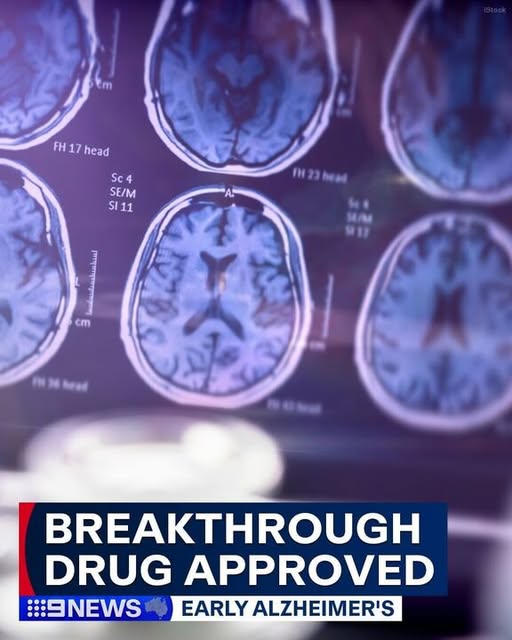Donanemab belongs to a class of antibody treatments targeting amyloid-β, the sticky protein clumps believed to contribute to Alzheimer’s symptoms. Clinical trials have shown it can substantially reduce amyloid levels, which correlates with slower cognitive decline—up to around one-third reduction in disease progression in early-stage patients . Evidence from the U.S., where donanemab is already approved, also supports these findings: patients demonstrated slower cognitive and functional decline after roughly 18 months of treatment technologynetworks.com+15en.wikipedia.org+15yalemedicine.org+15.
However, the treatment comes with caveats. Eligibility is narrow—it applies only to those in very early stages with confirmed amyloid pathology, and a specific genetic profile is required, particularly excluding individuals with two copies of the ApoE ε4 gene due to higher risk of brain swelling and bleeding alzint.org+2theguardian.com+2ncbi.nlm.nih.gov+2. The therapy also demands rigorous monitoring via regular MRIs, and infusion-related side effects like amyloid-related imaging abnormalities (ARIA) are common, though mostly manageable technologynetworks.com+3en.wikipedia.org+3en.wikipedia.org+3.
Cost remains a major obstacle. In Australia, each infusion may cost about AUD 4,700, totalling roughly AUD 84,600 over 18 months—and public funding through the Pharmaceutical Benefits Scheme (PBS) is still pending review alz.org+109news.com.au+10heraldsun.com.au+10. Clinicians are calling for streamlined diagnostic pathways and reimbursement policies to ensure wider access.
Disclaimer: This article is for informational purposes only and is not medical advice. Any treatment decisions should be made in consultation with qualified healthcare professionals.
Related news on Alzheimer’s breakthroughs
